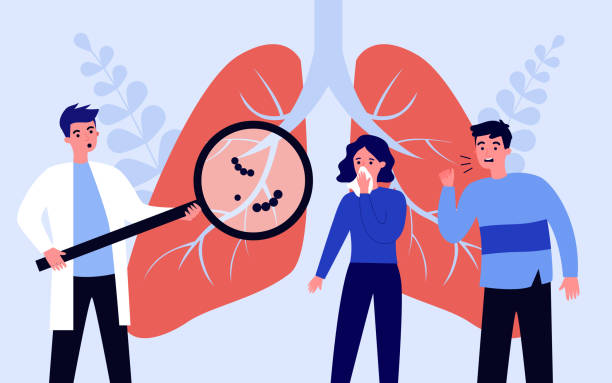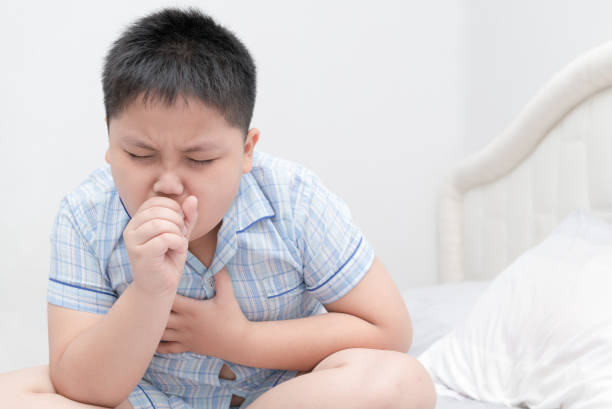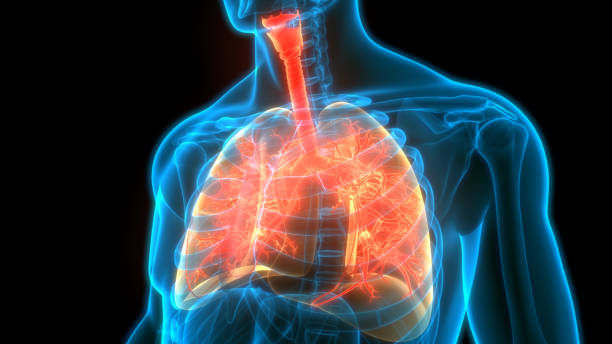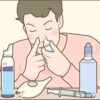
Asthma is a very stubborn respiratory disease. Bronchial asthma hurt many friends deeply. Doctors believe that the changes in the weather often aggravates the symptoms of bronchial asthma . Especially in cloudy and hazy weather. Asthma sufferers suffer from shortness of breath, chest tightness, and coughing. Many asthma sufferers are life-threatening when they develop an asthma attack. Therefore, in life, patients need to pay special attention to the care of asthma. To minimize the number of asthma attacks.
with active treatment. Patients also need to pay attention to the following matters in asthma care in their daily life:

1. A bland diet
Avoid spicy, fried and other irritating greasy food. The daily diet should be light. Spicy, fried and other foods will increase the production of phlegm and stimulate the respiratory tract.
Let the body generate more heat. Over time, it can lead to illness and heat attacking the lungs, aggravating the condition.
Drink and food
Avoid smoking, alcohol and salty food. Tobacco, alcohol and salty foods can easily trigger respiratory reactions and aggravate coughing. Drink plenty of water or tea.
Tea contains theophylline, which can excite the sympathetic nerves, dilate the respiratory tract and relieve the symptoms of cough and asthma.
2. Warm clothes
A condition
A single cold can trigger asthma. Under normal circumstances, most parents will think that the child’s cough is due to inflammation of the upper respiratory tract.
So give the child anti-inflammatory drugs. When it is found that after a few days of treatment, it is not effective, the parents will go to the hospital for treatment.
In fact, many children have cough variant asthma. Treatment of this symptom with anti-inflammatory drugs does not work. It will even delay the disease. If patients do not receive timely targeted treatment, some will develop typical asthma.
Another condition
If the child is just coughing and has no other symptoms of a cold. Or other symptoms (such as nasal congestion, runny nose, fever, etc.) have improved after the child has a cold, and only left a chronic cough. You may have cough variant asthma.
At this time, you must go to a regular hospital for standardized treatment. Do not blindly give drugs to children at home. In order to avoid the development of real asthma.
Clothes
In the season of changing weather, patients should pay attention to keep warm. Avoid cold-induced asthma.
Do not choose cashmere, animal fur clothing and chemical fiber clothing materials. Clothes made of these materials can easily induce asthma.
It will be better if underwear is pure cotton. The fabric should be relatively smooth. Clothes should not be too tight.

3. Precautions when going out
People with asthma should live in a sunny place. Keep at a certain temperature and humidity. Keep air circulation.
Nursing allergic asthma should try to avoid contact with possible allergic substances. For example, avoid contact with pollen during the pollen season.
4. Living health
Patients need to pay attention to bed hygiene when cleaning the room. Avoid contact with house dust mites.
Asthma can also be prevented by increasing the concentration of negative oxygen ions in indoor air. In recent years, a large number of experimental data have shown. In summer, increasing the concentration of negative air ions indoors can effectively avoid the incidence of air-conditioning diseases and allergic asthma. Small particle size negative oxygen ions can effectively reverse the bioelectrode of bacteria, viruses, dust mites and other microorganisms. Efficiently eliminate and remove microorganisms such as dust mites, bacteria and viruses. Thereby effectively purifying indoor air. Eliminate allergens that can cause allergic asthma.
Keep clean
No pets, no flowers, regular cleaning, and be careful not to raise dust when cleaning. You should launder bedding frequently and expose it to the sun regularly. To reduce the growth of dust mites and mold.
5. Enhance physical fitness
Kids
Strengthening your physique is the most important thing in the care of asthma. Asthma is not easy to cure completely. Once the disease may be accompanied for life. But as long as the timing of treatment is grasped, childhood asthma may be cured.
Most are in the two stages of preschool or adolescence. As the physique is enhanced, the immune system is improved. With treatment in accordance with the child’s growth pattern, asthma will be effectively controlled.
Elderly
When the elderly develop asthma, it is generally difficult to completely cure it. The sudden onset of asthma can be very dangerous. Because asthma attacks are more urgent, mostly at night or in the early morning. At this time, it is very important for the patient himself or his family to properly handle the condition. Experts suggest that patients should usually carry several bronchial-expanding aerosols, just in case.
Conclusion
These are the things that people with asthma need to pay attention to in their daily care. This can effectively control the recurrence of asthma. Special attention should be paid to wearing a mask when going out. If the common person coughs for a long time or recurs, seek medical attention in time to diagnose or rule out asthma.














Recent Comments